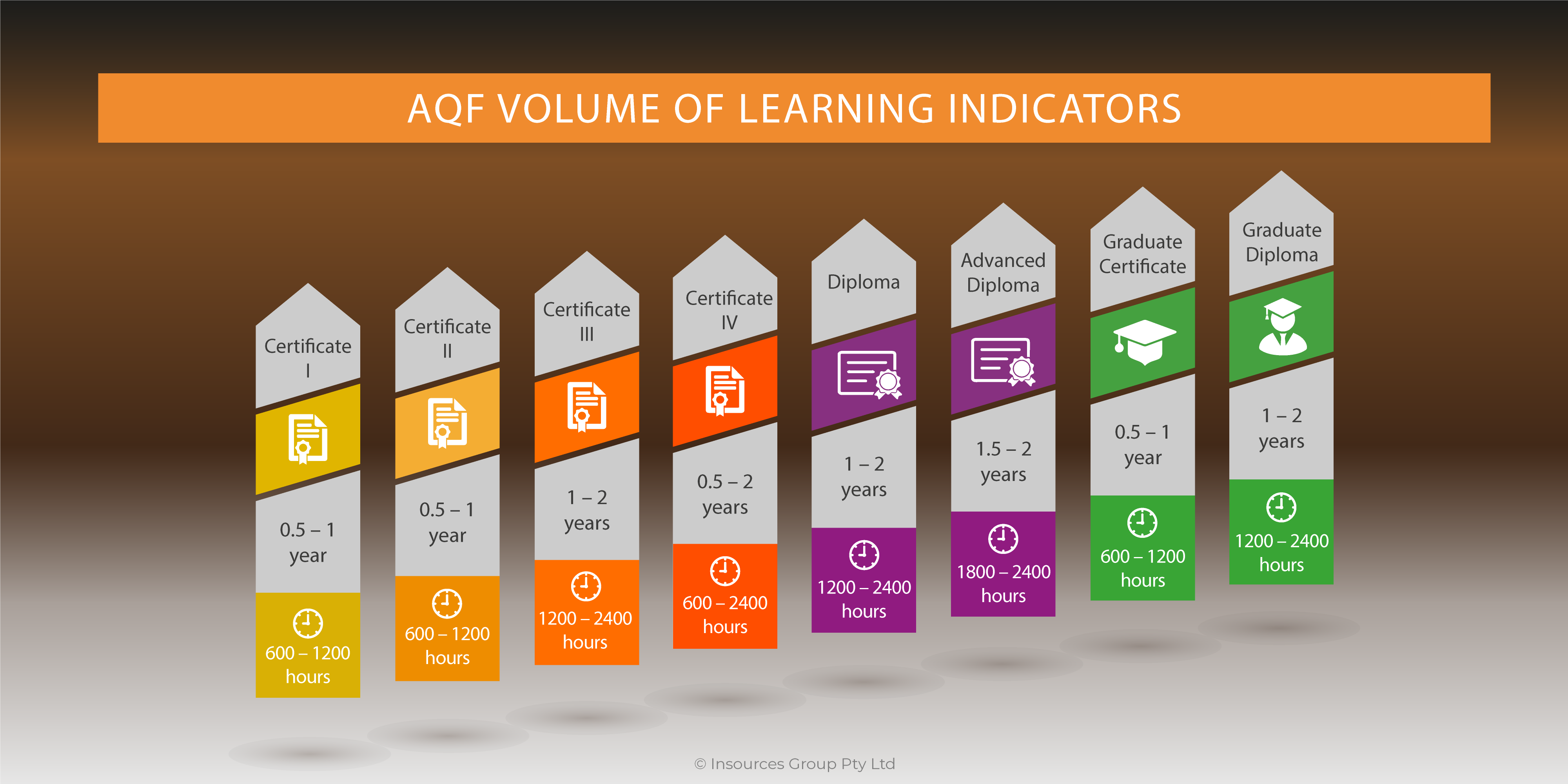 We begin learning by pretending. Play is an essential learning experience in our development, for in our childhood imaginations; the real world exists for us with all its possibilities, but none of the risks. As adults, too, we learn well by incorporating the tools of these early learning experiences. Simulation and role play enable us to create a manageable version of our world where we can practice behaviors and correct our mistakes. Creating models of real-life situations prepares us to function more effectively in the real world.
We begin learning by pretending. Play is an essential learning experience in our development, for in our childhood imaginations; the real world exists for us with all its possibilities, but none of the risks. As adults, too, we learn well by incorporating the tools of these early learning experiences. Simulation and role play enable us to create a manageable version of our world where we can practice behaviors and correct our mistakes. Creating models of real-life situations prepares us to function more effectively in the real world.
A simulation is an intensive, interactive experience in which the content and roles assumed by participants are designed to reflect what people encounter in specific environments. In essence, a simulation is a simplified and contrived situation that contains enough illusion of reality to induce real-world-like responses by those participating in the exercise.
While simulations often have rules “for play”, possess room for alternative strategic tactics, and can be fun, they are not, by definition, games. While games generally focus on one intent (that of winning), simulations stress the complex, real-life situations and array of goals that organisations attempt to implement on a daily basis. In addition, the simulated environment should offer opportunities for action and reflection that are not always inherent in a “pure play” environment.
In role playing, participants act out a particular situation or problem before the rest of the group. These activities can help accomplish a wide variety of training objectives, ranging from providing information to changing attitudes. For example, participants can work out handling a complaining customer or practice effective sales techniques.
As organisations respond to rapidly changing economic and technological environments, the need for effective time-and cost-efficient training becomes critical.
Simulations
Simulations are not a new idea. The simulation (experiential learning method) creates an environment that requires participants to be involved in some type of personal accomplishment or failure for the results obtained.
An understanding of how people learn is essential to the development of proper simulations. Employers tend to ask employees and potential employees for information that falls only within certain parameters – the “knowledge” category. They do this 80 to 90 percent of the time. While these kinds of questions are not bad, per se, using the same method for garnering our answers can be. Utilizing a higher order of questions requires more “brain power” and, therefore, a more elaborate and comprehensive mode of operational thought.
Luckily, there exist a variety of documented learning models that involve a number of avenues by which to pursue the quest for better employee and organization performance. One model suggests four states that are necessary for effecting behavioral, attitudinal, and knowledge change: concrete experience; observation and reflection; formation of abstract concepts and generalisations; and testing implications of concepts in new situations. Others suggest that learning should be integrative, focusing on learning from differences in content, point of view, and style.
Simulations are based on the premise that effective training requires a balance of three essential factors:
- Content: the dissemination of new ideas, principles, or concepts.
- Experience: the opportunity to apply content in experiential environment.
- Feedback: on actions taken and the relationship between performance and the subsequent result.
The two most important steps to take before designing or implementing any simulation are:
- Review your objectives (identify organization issues that need addressing).
- Determine group needs.
Once you have reviewed your organization’s issues and expectations, set your goals and give some thought to how you are going to achieve them. Before undertaking the time (which varies) and the expense (which also varies) to implement any simulation.
Remember, there are variations within the audience. Simulations need to be tailored to your participants: Are they executive, middle management, or supervisory? For example, an improvement in executive performance (where the focus is more on organizational issues) may require a distinctly different simulation than one that is targeting a group of managers (whose jobs tend to focus on managing groups). Still another simulation would be appropriate for a group of supervisors, whose focus is most likely on individual issues.
The decisions regarding what simulation to use should also be based on the whole picture of the current organization. What methods have been used before to improve or fix the current state of the organization? Have executive interviews taken place, asking what they would like their employees to do differently? Sometimes organisations will use a focus group to identify target individuals and ask them directly what skills they think they need to learn and how the learning experiences should be positioned. Others have used more quantitative methods such as training need analysis to gather data on specific issues.
Successful Simulations
Here are 10 secrets for creating successful training simulations.
- Don’t Confuse Replication with Simulation. The temptation is designing a simulation is to make a small-scale replica of some full-blown reality. But in “soft skills” training, the job of the designer is to look past the details to the essence of reality.
- Chose the Right Subject to Simulate. Some subjects lend themselves better to simulation training than others. A topic is more apt to be suitable for simulation if it embodies at least one of the following characteristics:
- Seeing the world through others people’s eyes. The simulation can illuminate the threat posed by a competitor.
- Performing tasks simultaneously. In the real world, skills are often needed in clumps; a simulation can create an environment in which several tasks are completed at the same time.
- Performing under pressure. Simulations can create environments full of genuine but nonthreatening preassure, affording trainees opportunities to practice their skills under duress.
- Developing systems thinking. A simulation can put people inside a system, whereby they see firsthand how change to one component affects the others.
- Recognizing cognitive dissonance. Holding contradictory attitudes or beliefs without being aware of it is known as cognitive dissonance. Simulations can reveal these contradictions.
- Ensure Trainees Take Responsibility for Actions. Whenever trainees disavow responsibilities for their behavior during the simulation, their motivation to learn from the experience evaporates. When you design your simulation watch out for these guaranteed responsibility evaders:
- Pretending. Design all roles in simulation so trainees must be themselves.
- Use competition for its own sake. If competition is not a factor in the real-world situation you are simulating, leave it out.
- Giving inappropriate value to chance. Limit chance to events that actually occur randomly in the real world
- Use Symbols to Deal with Emotional Ideas. Occasionally a simulation focuses on an emotionally charged issue that threatens to overpower the learning experience. Avoid participants’ assuming stereotypical roles by assigning each group names that represent an abstract concept – for example, Circles, Squares, and Triangles, with the Squares having power over the other groups.
- Don’t Play Games with Trainees. If the odds are going to be stacked in favor of one group, have the facilitator reveal that at the start, so that trainees don’t feel manipulated. Do not trivialize the experience by using cute names like the “Yell and Holler Telephone Company” or “Caught in the Act Security Services.”
- Use Non trainees to add Realism. When appropriate, using people who have no stake in the outcome of the simulation can add real-world authenticity to the training experience.
- Develop an Appropriate Assessment Model. Quantitative models for assessing trainee performance may be appropriate for quantitative simulations – those dealing with financial or other formulaic disciplines – but for mist qualitative simulations they are not suitable.
- Alpha Test Your Simulation. Alpha testing is a design technique for evaluating the basic assumptions of the simulation, its overall structure, and the logic of its progression. If problems surface, be prepare to reinvent the whole simulation if necessary.
- Set Your Own Standard for Success. When you spell out the purpose and goals of your simulation at the beginning of the design process, you are defining standards by which to judge its ultimate success. Don’t lose sight of those standards as your project near completion.
Reference:
Successful Simulations, Garry Shirts, Training, 1992




